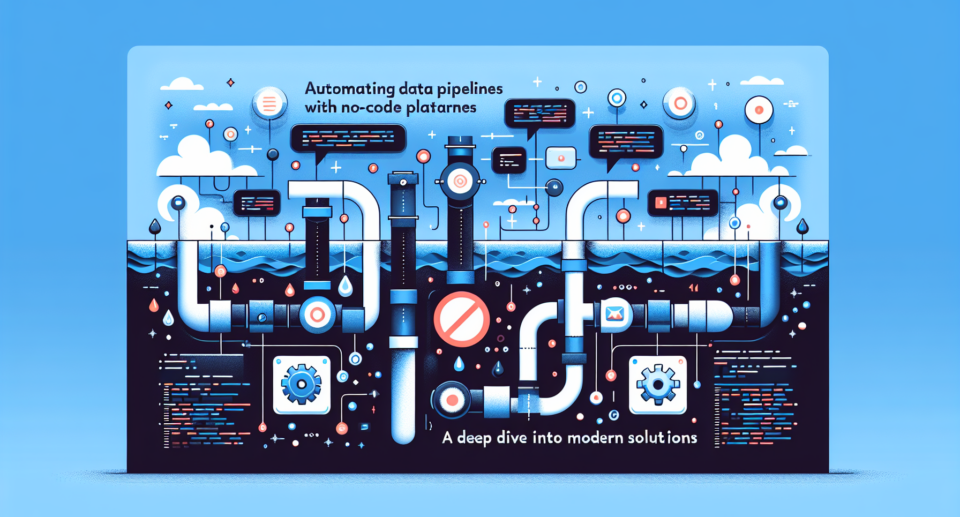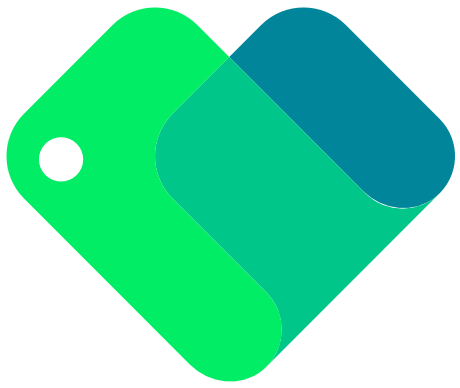Automating Data Pipelines with No-Code Platforms: A Deep Dive into Modern Solutions

In the fast-paced world of data-driven decision-making, businesses need efficient ways to manage and process data. Traditional methods of building data pipelines often require extensive coding knowledge and significant time investment. However, modern technology has ushered in a new era with no-code platforms. These platforms empower users to automate data pipelines with minimal to no programming experience.
The Rise of No-Code Platforms
No-code platforms are revolutionizing how we build and manage data pipelines. By providing intuitive interfaces and drag-and-drop functionalities, they enable users to create complex workflows without writing a single line of code. This shift democratizes data engineering, making it accessible to a broader range of professionals.
Key Benefits of Automating Data Pipelines with No-Code Solutions
1. **Speed and Efficiency:** No-code platforms significantly reduce the time required to build and deploy data pipelines. Users can quickly set up workflows that would traditionally take weeks or months.
2. **Cost-Effective:** By eliminating the need for specialized coding skills, businesses can save on hiring experienced developers. This also reduces the overhead costs associated with lengthy development cycles.
3. **Accessibility:** With user-friendly interfaces, individuals from various departments (not just IT) can participate in data management, fostering a more collaborative environment within the organization.
4. **Flexibility and Scalability:** No-code platforms are designed to be flexible, allowing users to easily modify workflows as needs change. They also scale effortlessly to handle increasing volumes of data.
Popular No-Code Platforms for Data Pipelines
Several no-code platforms have gained popularity due to their robust features and ease of use. Here are a few notable ones:
1. **Zapier:** Known for its ability to connect various apps and automate workflows, Zapier is a go-to platform for many businesses. It supports a wide range of integrations, making it ideal for automating repetitive tasks.
2. **Integromat:** Offering advanced automation capabilities, Integromat allows users to create complex workflows with minimal effort. Its visual interface makes it easy to understand and implement.
3. **Airtable:** Combining the functionality of spreadsheets and databases, Airtable is perfect for managing data and automating processes. Its powerful API integrations enhance its capabilities even further.
4. **Parabola:** Specifically designed for data manipulation and integration, Parabola enables users to build and automate data workflows effortlessly. Its drag-and-drop interface simplifies the entire process.
Challenges and Considerations
While no-code platforms offer numerous benefits, there are some challenges to consider:
1. **Complexity Limitations:** No-code solutions may struggle with highly complex workflows that require custom logic or specialized processing.
2. **Vendor Lock-In:** Relying heavily on a specific no-code platform may lead to vendor lock-in, making it difficult to switch to other solutions later.
3. **Security Concerns:** Ensuring the security and compliance of data handled by no-code platforms is crucial. Businesses must assess the security measures provided by these platforms.
Conclusion
Automating data pipelines with no-code platforms is transforming the data landscape. By providing accessible, cost-effective, and scalable solutions, these platforms empower businesses to streamline their workflows and make data-driven decisions faster than ever before.
